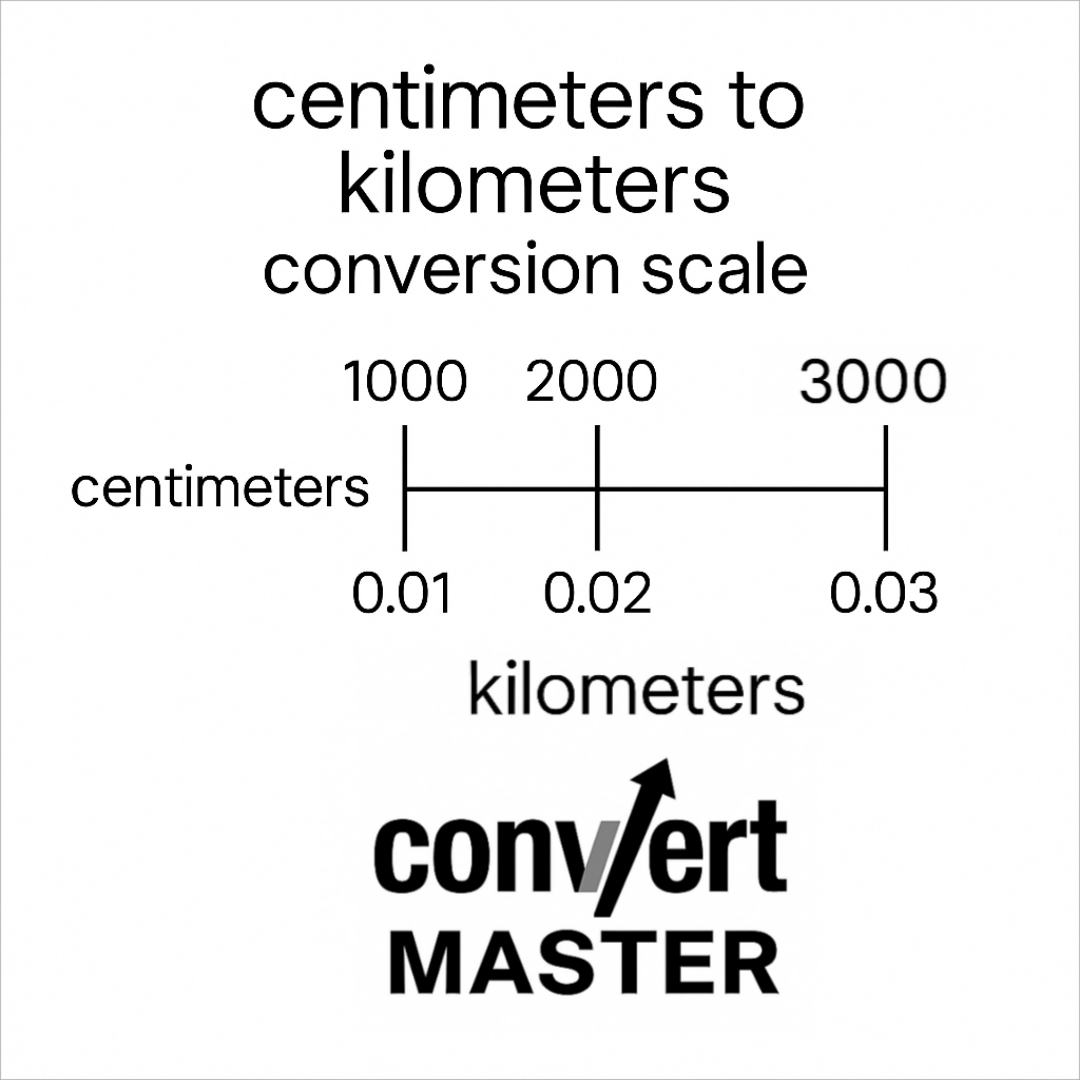how to convert cm to km on a map
how to convert cm to km on a map is a helpful length conversion used when dealing with long distances in scientific or industrial scenarios. Knowing how to convert centimeters to kilometers provides better perspective when analyzing large-scale measurements.
Rather than manually dividing by 100,000, simply use our instant calculator to convert how to convert cm to km on a map without errors. It delivers accurate results instantly.
Try the how to convert cm to km on a map converter now to eliminate manual calculations and speed up your workflow.
Why Use This Converter?
- Instant conversion from centimeters to kilometers with accuracy.
- Perfect for large-scale mapping, science experiments, and road measurements.
- Uses the reliable metric formula: 1 cm = 0.00001 km.
- Saves time when working with large numeric values.
Conversion Formula
1 centimeter = 0.00001 kilometers
To convert centimeters to kilometers, divide the centimeter value by 100,000.
Example: how to convert cm to km on a map ÷ 100,000 = conversion unavailable

Understanding Centimeters and Kilometers
Centimeters (cm): A unit of length in the metric system, often used for measuring objects and short distances. 100 cm = 1 meter.
Kilometers (km): A larger metric unit commonly used to measure road or land distances. 1 kilometer = 1000 meters.
Learn more: centimeters, kilometers
Common Centimeters to Kilometers Conversions
- 100,000 cm = 1 km
- 300,000 cm = 3 km
- 500,000 cm = 5 km
- 1,000,000 cm = 10 km
- 10,000,000 cm = 100 km
Real-Life Examples
- 900000 cm = 9 km across a large industrial zone.
- 12000000 cm = 120 km for long-range utility lines.
- 5000000 cm = 50 km between cities.
- 800000 cm = 8 km for a hiking trail route.
Reverse Conversion
To convert kilometers back to centimeters, multiply the value by 100,000.
- 1 km = 100,000 cm
- 5 km = 500,000 cm
- 10 km = 1,000,000 cm
Final Thoughts – how to convert cm to km on a map
Understanding how to convert how to convert cm to km on a map helps you work confidently with large distance values. Whether you’re in engineering or education, this conversion method is essential.
